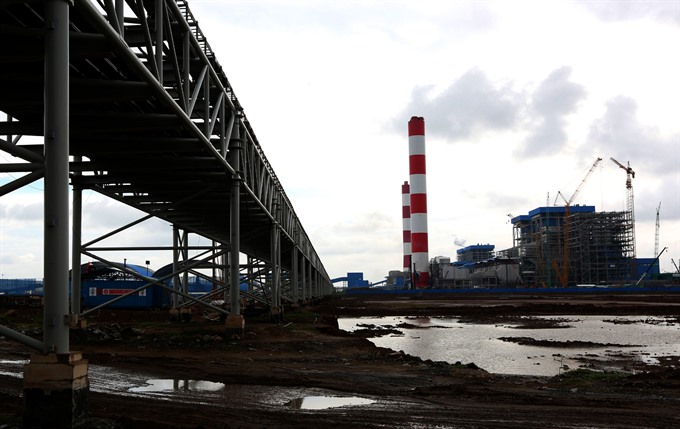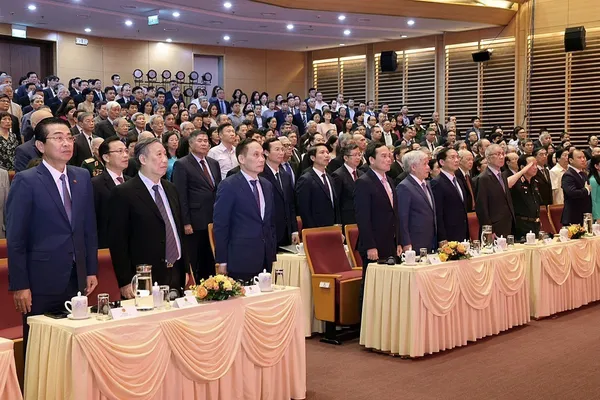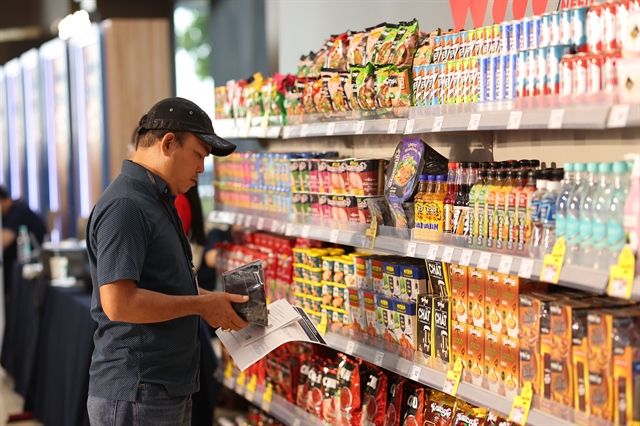 Environment
Environment

Limitations in treating large amounts of waste generated by thermal power plants are threatening their operations, experts say.
 |
| Limitations in treating large amounts of waste generated by thermal power plants are threatening their operations, experts say. — VNA/VNS Photo |
HÀ NỘI — Limitations in treating large amounts of waste generated by thermal power plants are threatening their operations, experts say.
The Government has issued a decision on using coal ash and gypsum from coal-fired power plants as raw materials for the construction industry, but this has not happened at a level that makes a difference.
A Vietnam News Agency report last week cited national power utility Electricity of Việt Nam (EVN) as saying just four tonnes out of 15.8 million tonnes of coal ash and gypsum discharged by the plants every year are treated.
The remaining quantity is stored or buried around thermal power plants or transported to landfills, posing threats to the environment and causing respiratory diseases among local residents.
In 2016, thermal power plants produced about 23 million tonnes of coal ash, and this volume is estimated to reach 61 million in 2018.
This poses a huge challenge for Việt Nam: the huge area of land needed to dump this waste, and the serious environmental pollution it will cause.
With Việt Nam still depending on coal as the main source of power, the problem is not going away any time soon, experts say.
Nguyễn Mạnh Hiến, former head of Việt Nam’s Energy Institute, said it is not easy to find another power source to replace coal-fired plants, while renewable energy depends on natural conditions.
To reduce thermal power is very difficult while demand is still on rise, he said.
Nguyễn Tài Anh, deputy general director of EVN, also said that coal-fired power has several advantages because it has the lowest investment cost and the potential to triple production capacity.
Promoting the reuse of waste in other industries is the ideal way dealing with coal ash and gypsum, he added.
EVN’s coal-fired power plants have signed contracts for their waste to be used in producing building materials like adobe brick and concrete, which is the most efficient way to mitigate environmental impacts of coal-fired power plants, Anh said.
According to the Ministry of Construction, investors in thermal power plants have actively dealt with coal ash and gypsum; and construction material makers have researched and invested in advanced technology to reuse this waste. However, it concedes that the amount of waste that is being reused is still very limited.
It attributes this to several barriers, including the absence of clear mechanisms for reusing coal ash and a lack of policies supporting enterprises managing the waste. As of now, the enterprises are only required to abide by certain environment standards.
Another problem is that coal ash from many power plants located in coastal areas is treated using seawater, which means it cannot be recycled.
Furthermore, technical standards have not been set for the handling and reuse of the waste in the construction sector, according to EVN.
EVN has said that the country also lacks legal documents on handling and consumption of coal ash. Many existing legal documents on waste management are either not put into practice on the one hand, and on the other, they are not strong enough to promote the reuse of waste.
The volume of coal ash discharged by thermal power plants is still increasing, so the problem of finding land to dump it and dealing with the resultant environmental pollution issues will only get worse, experts have warned. — VNS









